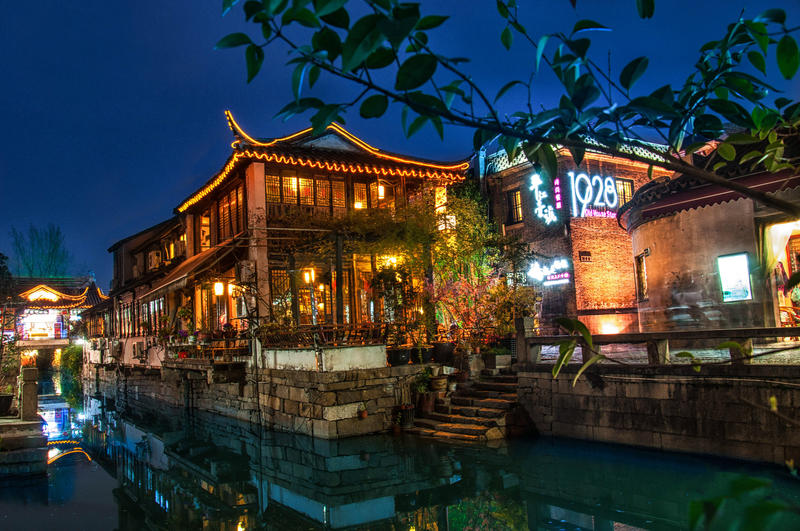Scenic Spots
Discovering its gardens is a great way to experience Suzhou and its Oriental aesthetics. There are around 80 gardens open to the public, all providing great places to relax. Two of the most popular are the Humble Administrator’s Garden – next to Suzhou Museum – and the Master of Nets Garden.
In addition to these two, many more are worth a visit and are recognised UNESCO World Heritage Sites: the Lingering Garden, the Mountain Villa with Embracing Beauty, the Canglang Pavilion, the Lion’s Grove Garden, the Garden of Cultivation, the Couple’s Retreat Garden, and the Retreat & Reflection Garden.
1)Humble Administrator’s Garden 拙政园
The Humble Administrator's Garden is the largest and most famous classic garden in Suzhou. Its exquisite beauty, artistic value and historic significant established the garden, as one of China's four most famous gardens, other three being the Summer Palace in Beijing, the Mountain Resort of Chengde in Hebei Province and the Lingering Garden in Suzhou. It also listed as a World Cultural Heritage site by United Nations Educational,Scientific,and Cultural Organization in 1997. Covering an area of 52,000 square meters, the Humble Administrator's Garden began being built in 1509 AD during the Ming Dynasty. It is renowned for its meandering rivulets gurgling around and under countless pavilions and bridges.
O 178 Dongbei Street, Gusu District
7 ¥90 for peak season, ¥70 for off season
7:30-17:30 (17:00 in winter)
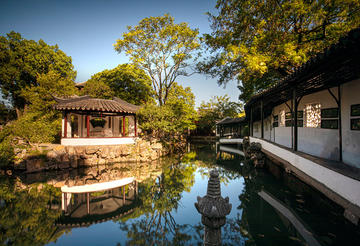
2)Master of Nets Garden 网师园
Sometimes the smallest package can contain the most magnificent gift. The Master of Nets Garden is a clear example of this. It is the smallest of the Suzhou residential gardens, yet it is the most impressive because of its use of space which creates the illusion of an area that is much greater than its actual size. Even more than the architectural achievement is the mood of tranquility and harmony that it embodies. This exquisite Master of Nets Garden was first designed during the Southern Song Dynasty (1127-1279) as a residence for a government official. At that time, the garden was named "the Hall of Ten Thousand Books" because the owner housed numerous books in three studies within the garden. Later, it went through vicissitudes in different dynasties until an official named Song Zongyuan bought and restored the garden around 1765 in the Qing Dynasty (1644 - 1911). It is said that in a moment of frustration with bureaucracy he declared that he would rather be a fisherman than a bureaucrat. Therefore, he changed the name of this garden to "Wangshi Yuan", meaning a fisher’s garden in English, to express his will. The garden is open to the public in the evening from April to November and even hosts shows and performances of traditional Chinese operas, musical instruments, and dances.
O 11 Kupjiatou Alley, Gusu District
7 ¥40 for peak season, ¥30 for off season, ¥100 for night tour
7:30-17:30 (17:00 in winter), 19:30-22:00 (April-November)
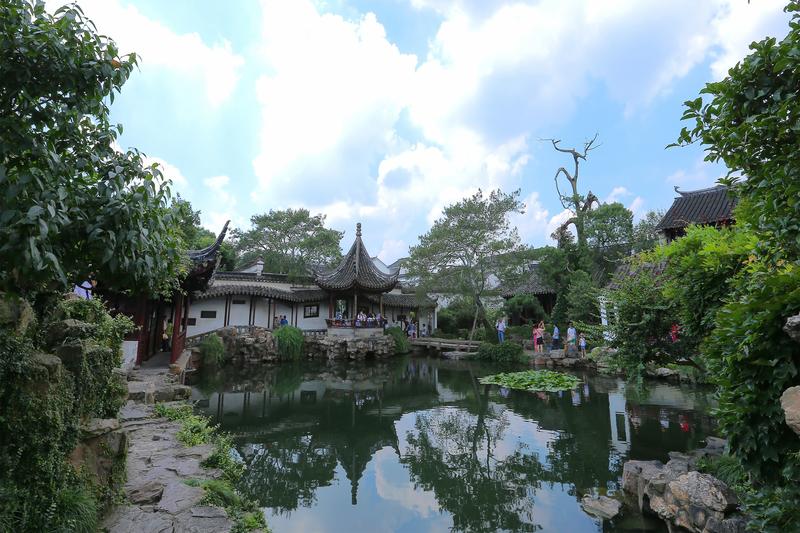
3)Lion’s Grove Garden 狮子林
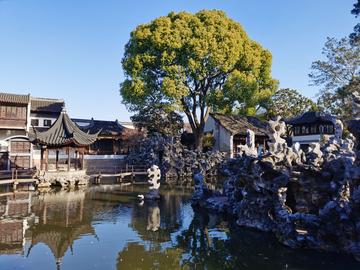
Lion’s Grove Garden was built in the Yuan Dynasty six hundred and fifty years ago. Lion forest was built by disciples of the monks of the Yuan Dynasty, such as Zen master, in memory of his master, named "Teacher Lin"; also because the garden has a lot of rocks, like a lion, so also known as the "lion forest." Lion’s Grove Garden is famous for its dangerous rocks and holes. It is known as the "rockery kingdom". Lion Forest attracted many cultural celebrities, and even attracted the emperor. Emperor Qianlong visited the lion forest five times in the Qing Dynasty, and left a large number of inscriptions. So far, there are also "real fun" plaque inscribed in Qianlong's handwriting.
O 23 Yuanlin Road, Gusu District
7 ¥40 for peak season, ¥30 for off season
7:30-17:30 (17:00 in winter)
4)Suzhou Museum 苏州博物馆本馆
Suzhou museum was founded in 1960. The site of the museum is Zhong Wang Fu, which is the ruins of the palace of Li Xiucheng, King Zhong of Taiping Heavenly Kingdom. In 1999, renowned Chinese architect Ieoh. Ming. Pei designed a new building for the Suzhou Museum. On October 6, 2006, the new building of Suzhou Museum was completed and officially opened to the public.
Covering an area of 19,000 square meters the museum includes three floors and four exhibition halls, with the main buildings surrounded by gorgeous courtyards. There are more than 40,000 pieces of collections in the museum. As an integral part of the new building of Suzhou Museum, the ancient building of Zhong Wang Fu, fits in well with the new building, thus making the new building of Suzhou Museum a comprehensive museum integrating modern building, ancient building and innovative landscape garden.
O 204 Dongbei Street, Gusu District
7 Free of charge
9:00-17:00 (last admission at 16:00), closed on Mondays (except for national holidays)
: https://www.szmuseum.com (Chinese/ English)
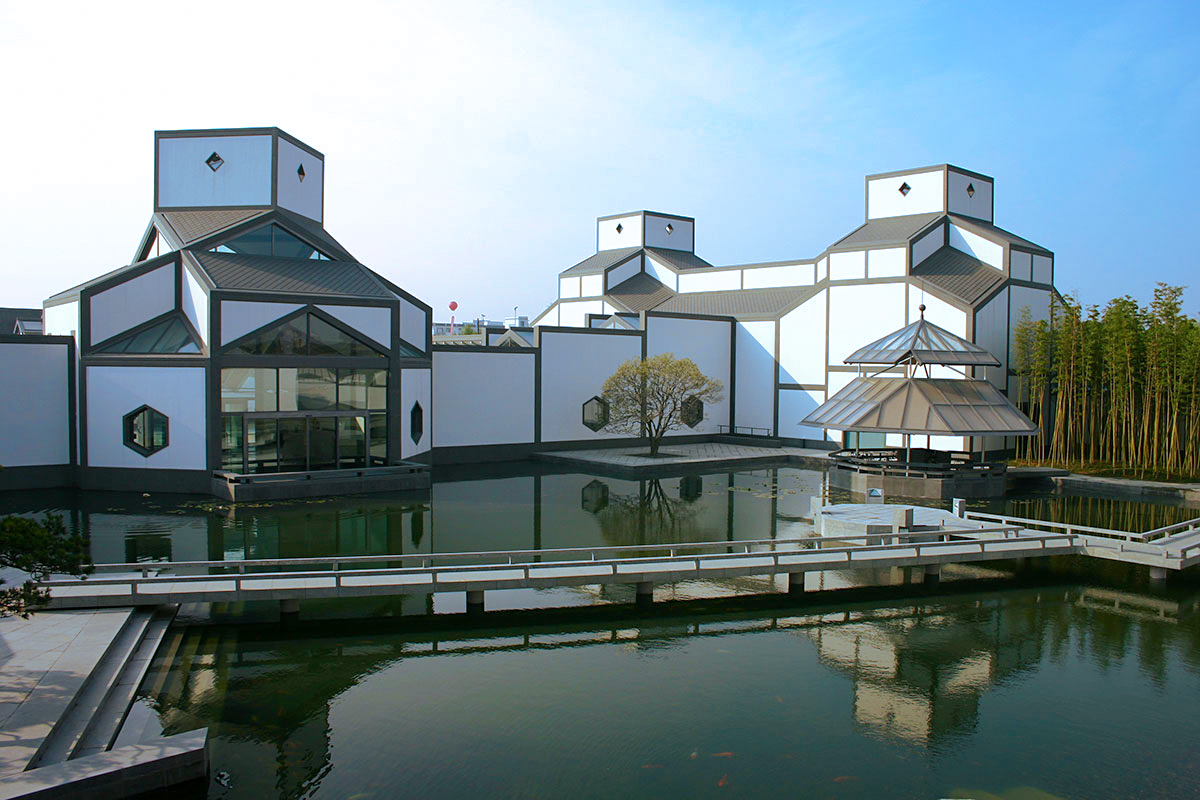
5)Huqiu Scenic Area 虎丘景区
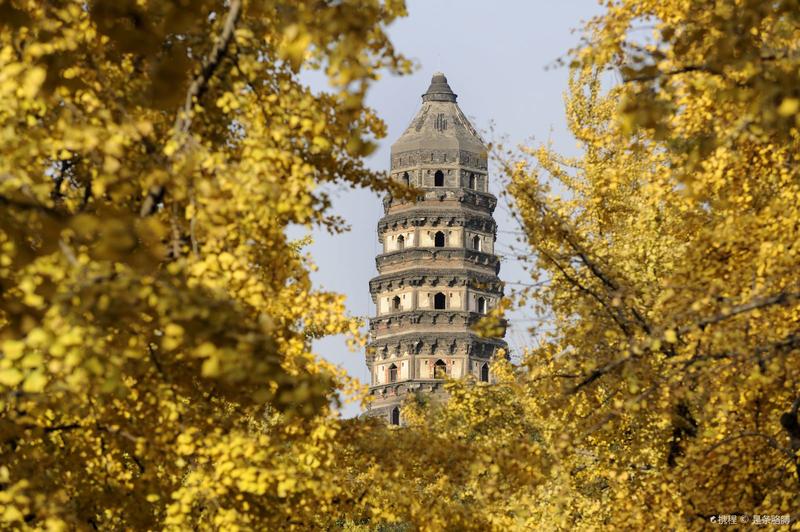
Among the various places of historical interest in Suzhou Tiger Hill is the most famous .It is also a tourist site of great natural beauty. For more than 2000 years the hill has been regarded as the landmark of the city .Because it is closely related to the origin of the city. In the Spring and Autumn Period this area was ruled by the king of the state of WU. As the state grew in power, it moved its capital to the present site of Suzhou in 560 BC known as the city of Wu. When prince HeLu succeeded to the thorn and became king of Wu, he ordered his Prime Minister WuZiXu to build an influential city for him to serve as his capital. Then a large city was constructed which embraced the original old town in the middle of it. This huge project was completed about 516 BC and was then called the Great City of HeLu.
Although the city has gone through tremendous changes since then its boundaries have always remained the same and the remnants of the city walls now stand practically on the same foundations as built 2500 years ago. Because of this monumental work the king was remembered as the undisputed founder of Suzhou. After the death of king HeLu, his son king FuCai buried him on the hill which was previously his pleasant resort. A legend says that three days after the burial of king HeLu a fierce white tiger appeared crouching on the hill supposedly to guard the king’s final resting place. That is how the hill was first given the name of tiger hill.
O 8 Inside Tiger Hill Gate, Gusu District
7 ¥80 for peak season, ¥60 for off season
7:30-18:00 (17:30 in winter)
6)Shantang Historical and Cultural Block 山塘历史文化街区
Abutting the Tiger Hill, you can take a walk and enjoy the view on Shantang Street, a 1100-year-old paved segment stretching alongside the canal and flanked by shops, tea houses theater stages, pubs and cafes. If you enjoyed it by day, come here at night too, hop in a boat to find a completely different scene.
O 177 Shantang Street, Gusu District
7 Free of charge for admission to the block, separate purchase of tickets for special attractions is required
All day
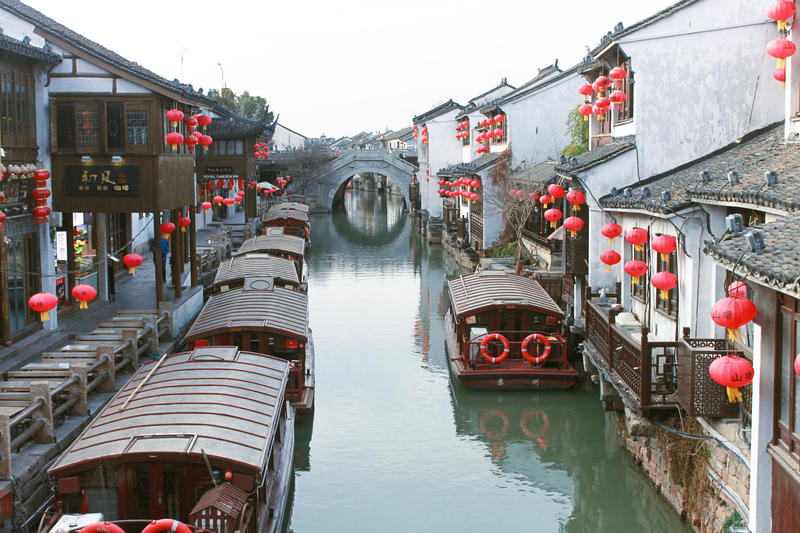
7)Pingjiang Historical and Cultural Block 平江历史文化街区
Pingjiang Road is Suzhou’s most well-preserved ancient street. Over this 1 km stretch of bridges and canals, you’ll find the residence of many historical figures, museums, bookshops and cafes. Over 8000 people still live there, enjoying its rich history and soothing environment.
O 65 Baitadong Road, Gusu District
7 Free of charge
All day
